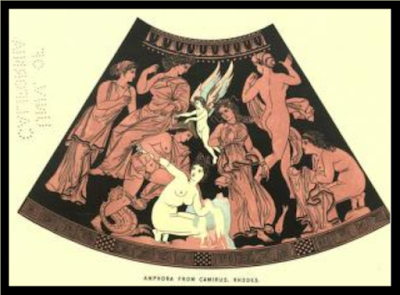Drawing & engraving
My own belief in the closeness of the connection between technic and mind in the fine arts is so absolute that I do not see how it is possible to separate them if an artist is to express his ideas completely. He may express a part of himself in an art suitable as far as it goes (Millet did so when he drew with the pen) or he may assume a character that does not properly belong to him and express what other people ask for in an art foreign to his nature, like a schoolboy writing compulsory Latin, but if he has any strength of artistic idiosyncrasy it must find its own technical conditions.
There is another matter that I desire to insist upon, in a few words, as it extreme importance in all fine art whatever. That is the necessity for respecting individual liberty in the technical use of materials.
Eviery master must be permitted to work in his own way. I have a dread of fashions in execution imposed by clever experts and of their evil retro-active effect on the modern criticism of masters who were not clever, but only thoughtful, serious, and great. Another deplorable effect of the modern display of cleverness is its power over the younger contemporary artists. In quieter times, art was an expression of individual sentiment, it has now become a struggle in which manual dexterity wins.
The dexterity, too, is of one kind, so that if all attained it there would be a tiresome absence of variety. The effects of modern cleverness (not in itself an evidence of much knowledge, still less of any depth of feeling) would be to exclude some of the greatest masters if they could reappear amongst us. Marcantonio would starve as an engraver because he had neither texture, nor tone, nor local colour, and Titian as a pen-draftsman would fail for similar reasons, and also for the lack of sparkle in his way of drawing.
The last great painter who was habitually a pen-draftsman and occasionally an etcher was Millet. Happily, for the dignity and sincerity of his art, he worked a few years before modern dexterity became predominant. Whilst preparing these sheets for the press I received a letter from a drawing- master in an im- portant college who complained that the educational value of drawing was so little appreciated, and he asked me if I could not write some plain statement of the reasons why drawing is desirable as a part of general education.
The present opportunity seems a good one, as prefaces are often read when the text of books is passed over hastily, especially if there are illustrations. Drawing is known to be valuable as training for the eye, nobody disputes that doubt concerns its value to the mind. Mental education consists chiefly in exercising the faculties of memory and observation, in learning to be accurate, and in acquiring the power of coordination. Drawing, if rightly pursued, is constant training in all these.
Download 10 MB


